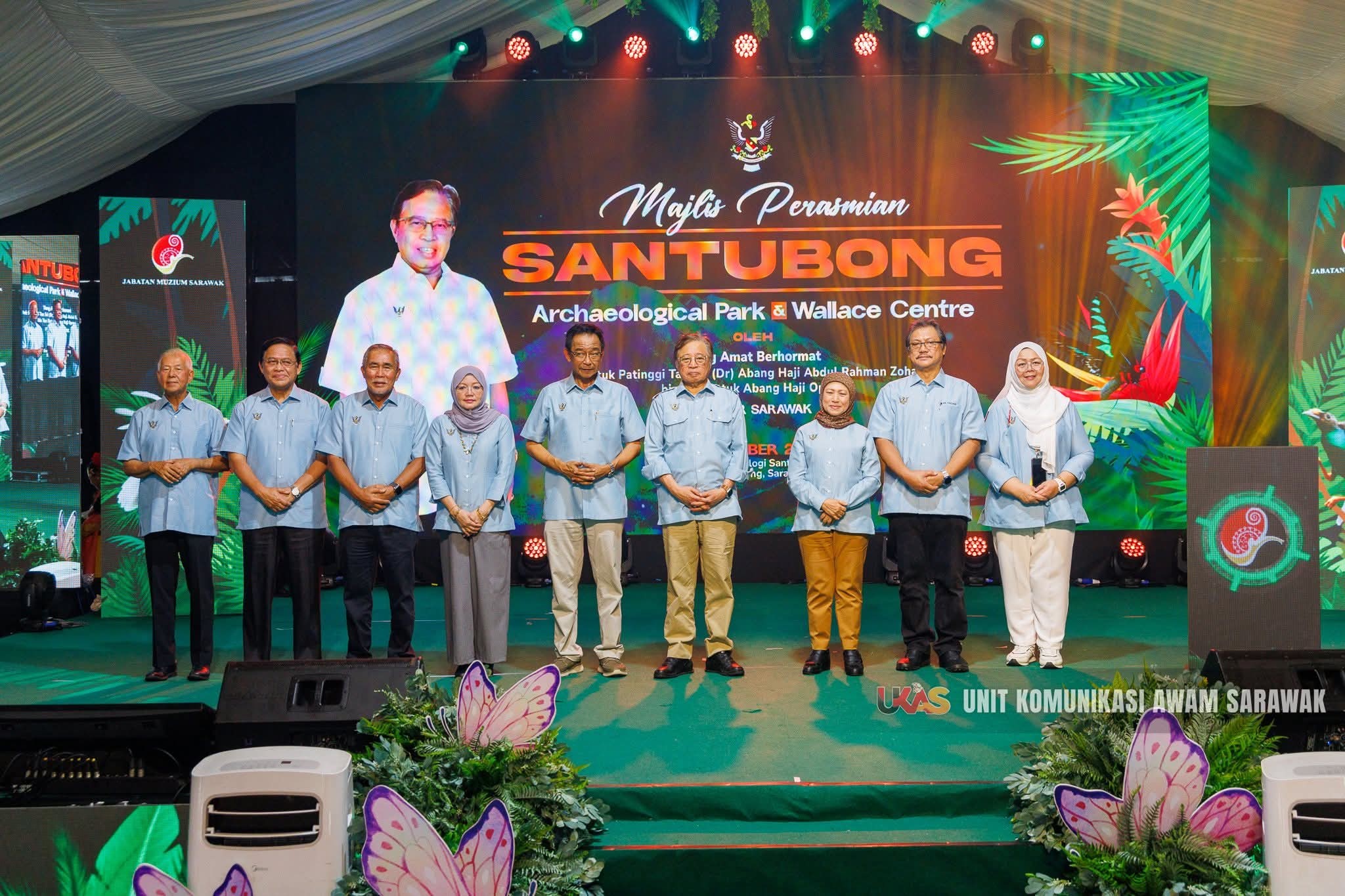
KUCHING: The Sarawak Museum Department has been urged to carry out further studies to strengthen historical theories on the existence of early trade links between Santubong, Terengganu and China.
Sarawak Premier Datuk Patinggi Tan Sri (Dr) Abang Abdul Rahman Zohari Tun Datuk Abang Openg said such research is crucial to deepening the understanding of Sarawak’s historical economic and cultural relations with the outside world, while reinforcing existing evidence based on archaeological findings in Santubong.
He noted that the discovery of ceramic artefacts in the area suggests that trade activities among the three regions may have taken place even earlier than the Malacca Sultanate era.
“About 16 or 17 years ago, I was with one of our leaders who was very knowledgeable about the history of China and had also conducted research on the trade links between Terengganu and Santubong.
“Terengganu, in fact, had trading relations with China. That is why it has been said that our connection with China dates back earlier than Malacca’s, even before the arrival of Admiral Cheng Ho.
“This is based on maps, including the Terengganu Inscribed Stone and ceramic artefacts, which provide evidence of trade between China, Terengganu and Sarawak,” he said when met by reporters after officiating at the opening ceremony of the Santubong Archaeological Park and Wallace Centre here on Saturday.
The Premier explained that the theory is further supported by the discovery of the Terengganu Inscribed Stone and old maps indicating historical trade routes from China to the Malay Archipelago through Sarawak waters.
Hence, he said, it is timely for the Sarawak Museum Department to strengthen its existing research through more in-depth scientific studies to verify the theory.
Datuk Patinggi Tan Sri Abang Zohari also shared an interesting anecdote about the origin of the name Santubong, which is believed to have roots in the Chinese language and means “peace.”
He added that archaeological findings in Santubong, such as ancient iron smelting sites and evidence of antimony, bauxite and gold mining activities from Siniawan to Bau, also indicate that Sarawak had already developed an advanced economic and trading system in earlier times.
He emphasised that continuous archaeological research and site development efforts are important not only for historical preservation but also to attract quality tourists, particularly those interested in history and academic research. -UKASnews

